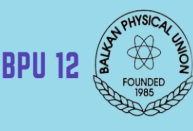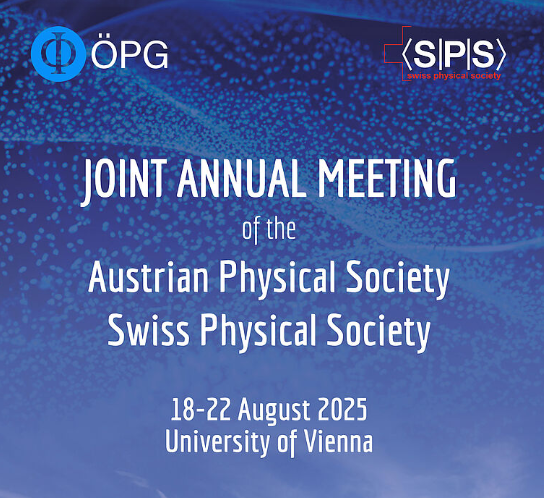https://doi.org/10.1140/epjp/s13360-021-01243-z
Regular Article
The neutron cross section of barite-enriched concrete for radioprotection shielding in the range 1 meV–1 keV
1
Mardel Srl, Via Topino 35, Roma, Italy
2
ISIS Facility, Rutherford Appleton Laboratory, OX11 0QX, Didcot, United Kingdom
3
Bariblock - SVA S.r.l., Via Meucci 26, 30020, Noventa di Piave, VE, Italy
4
Dipartimento di Fisica and NAST Centre, Università degli Studi di Roma “Tor Vergata”, 00133, Roma, Italy
5
CNR-IPCF, Sezione di Messina, Viale Ferdinando Stagno d’Alcontres 37, 98158, Messina, Italy
b
giovanni.romanelli@stfc.ac.uk
Received:
5
January
2021
Accepted:
16
February
2021
Published online:
25
February
2021
We present a characterization of a series of barite-enriched concrete samples at the atomic scale using neutron-based techniques. In particular, neutron transmission measurements provide the macroscopic cross section (also known as neutron removal cross section) as a function of the incident neutron energy in the range 1 meV–1 keV. In this range, where fewer experimental investigations are available in the literature, the cross section is dominated by the scattering events from hydrogen, as opposed to the fast-neutron region (MeV-energy neutrons) where capture events by Ba are more important. Moreover, below 1 eV, the cross section depends on the molecular or crystal structure of the components. For each sample, the amounts of barium and hydrogen are provided by neutron resonance capture analysis and deep inelastic neutron scattering, respectively. We find that the amounts of barium and hydrogen are correlated, with a lower amount of hydrogen in the samples with more barium, likely because of the absence of some calcium-silicon-hydrate structures, whose formation is inhibited by the presence of barite. Moreover, we quantify the non-negligible contribution to the neutron macroscopic cross section arising from water molecules loosely bound in concrete. This contribution makes the shielding performance of concrete dependent upon the humidity and temperature conditions affecting the installation. Our results provide additional guidelines for radioprotection workers to determine the optimal concentration of barite in mixed gamma/neutron radiation environments.
© The Author(s), under exclusive licence to Società Italiana di Fisica and Springer-Verlag GmbH Germany, part of Springer Nature 2021




